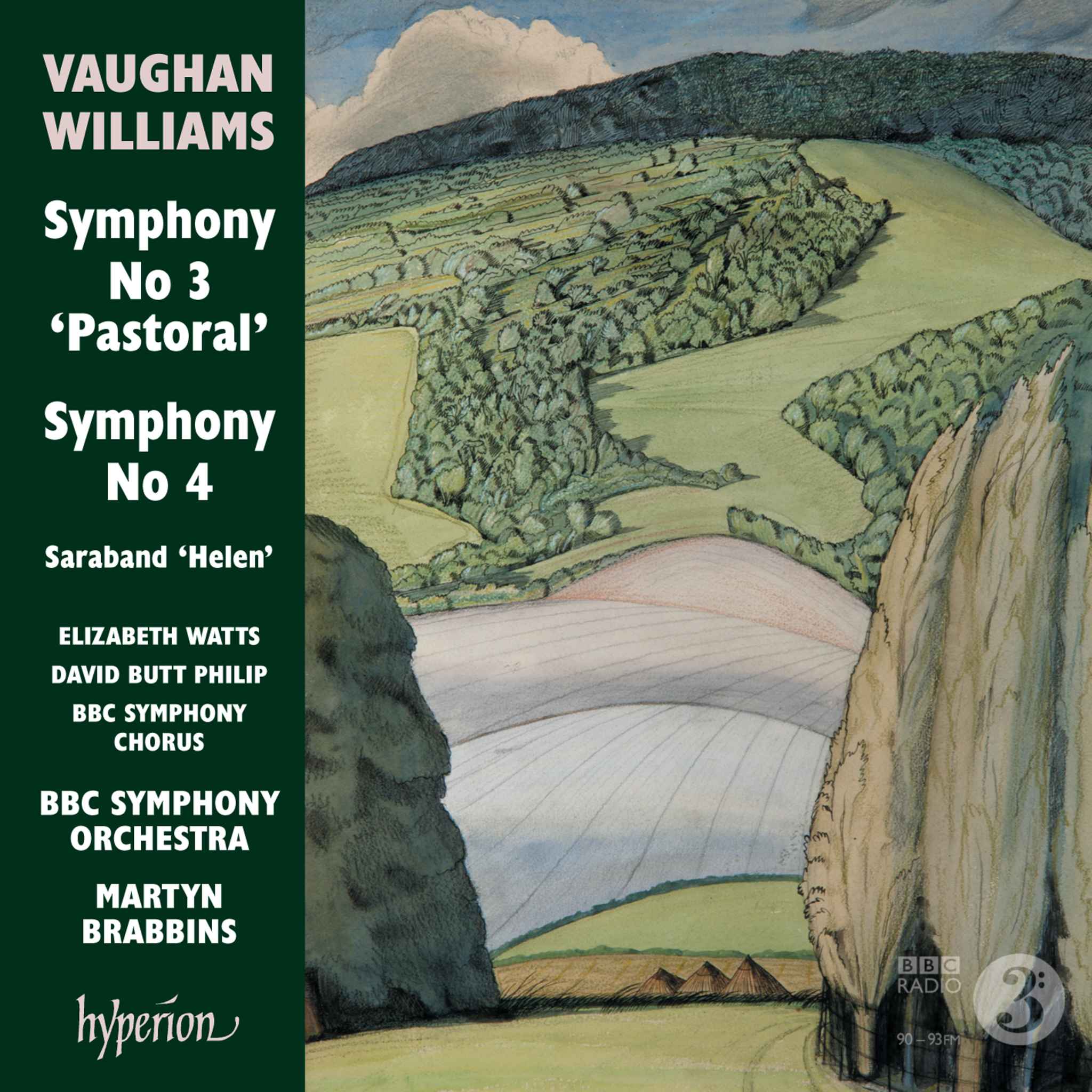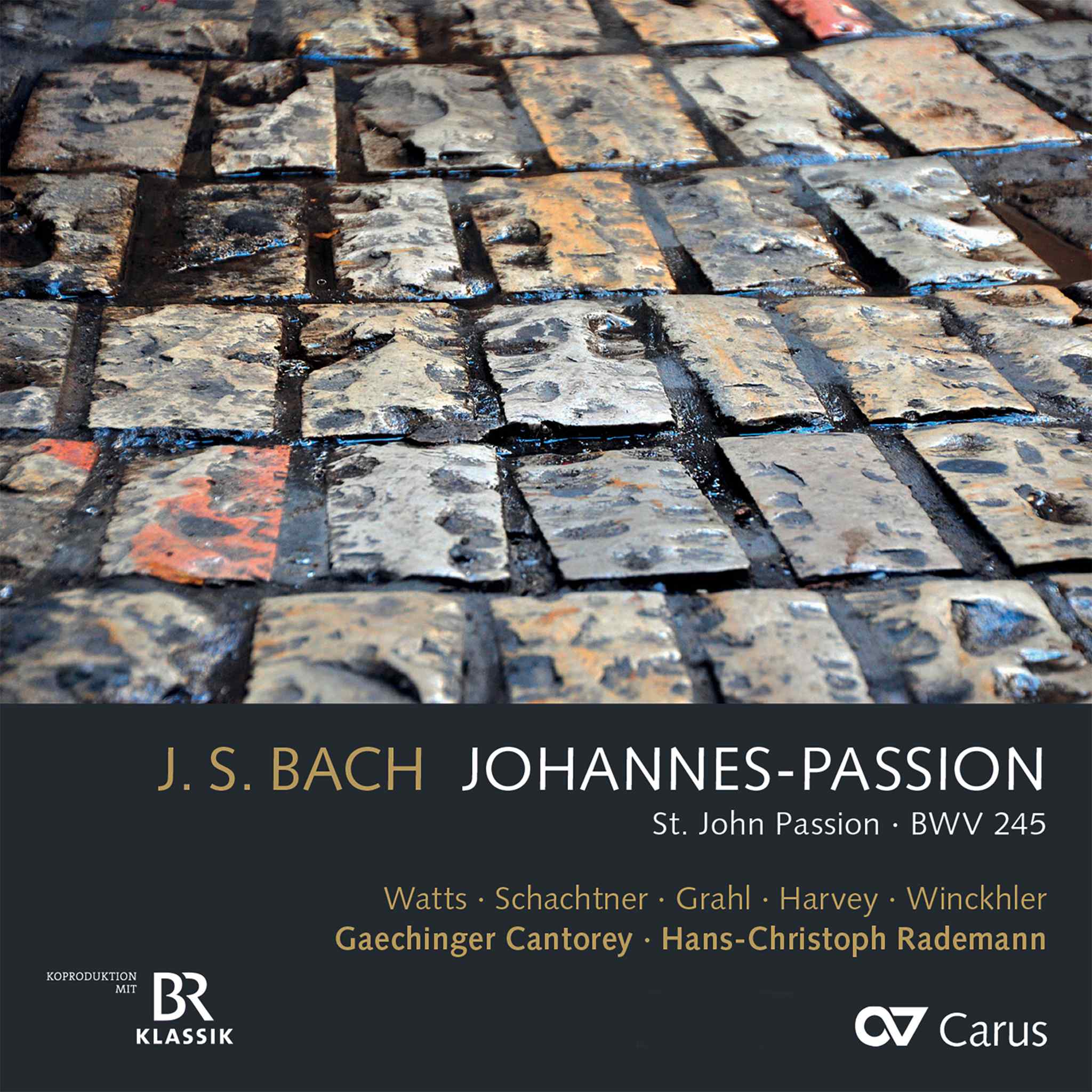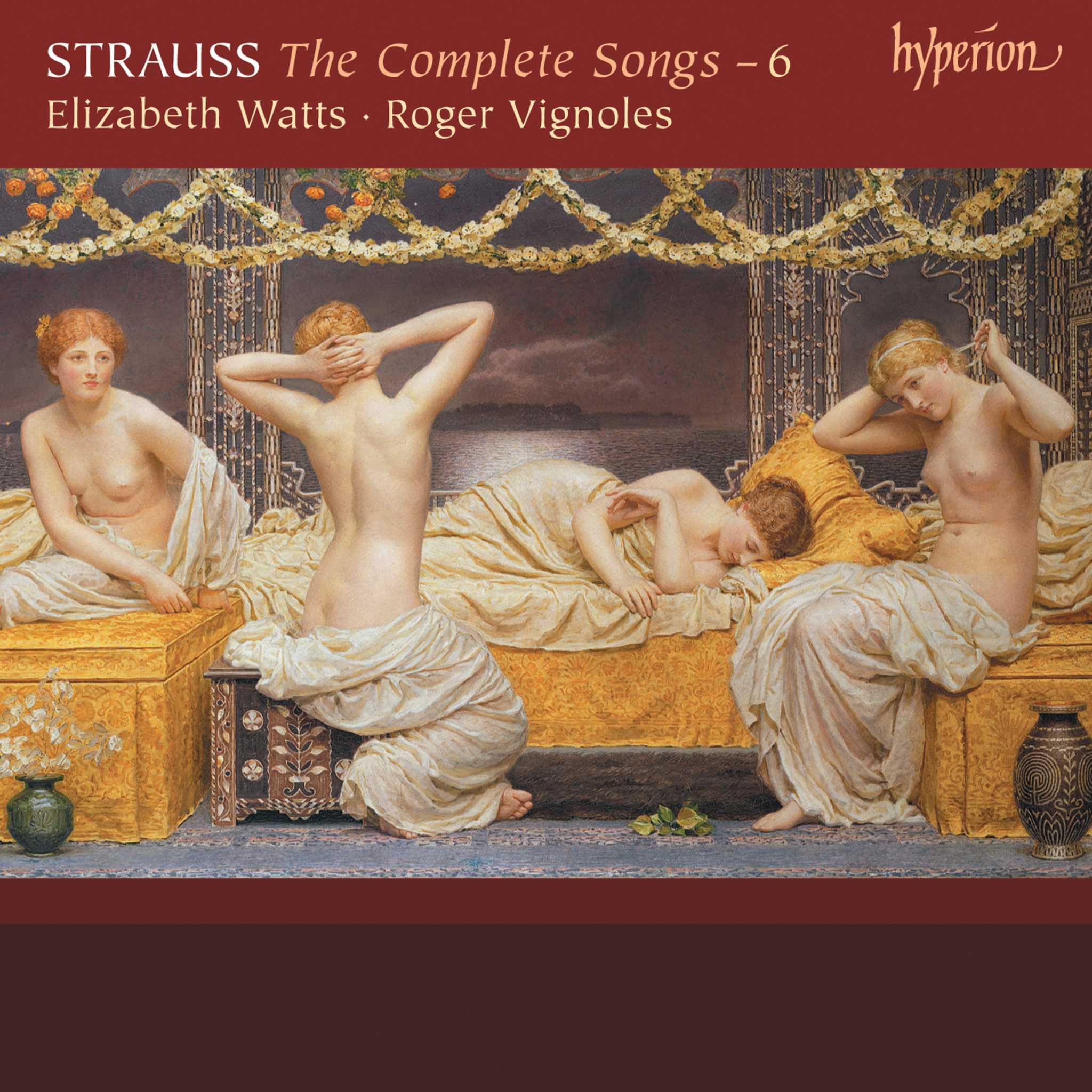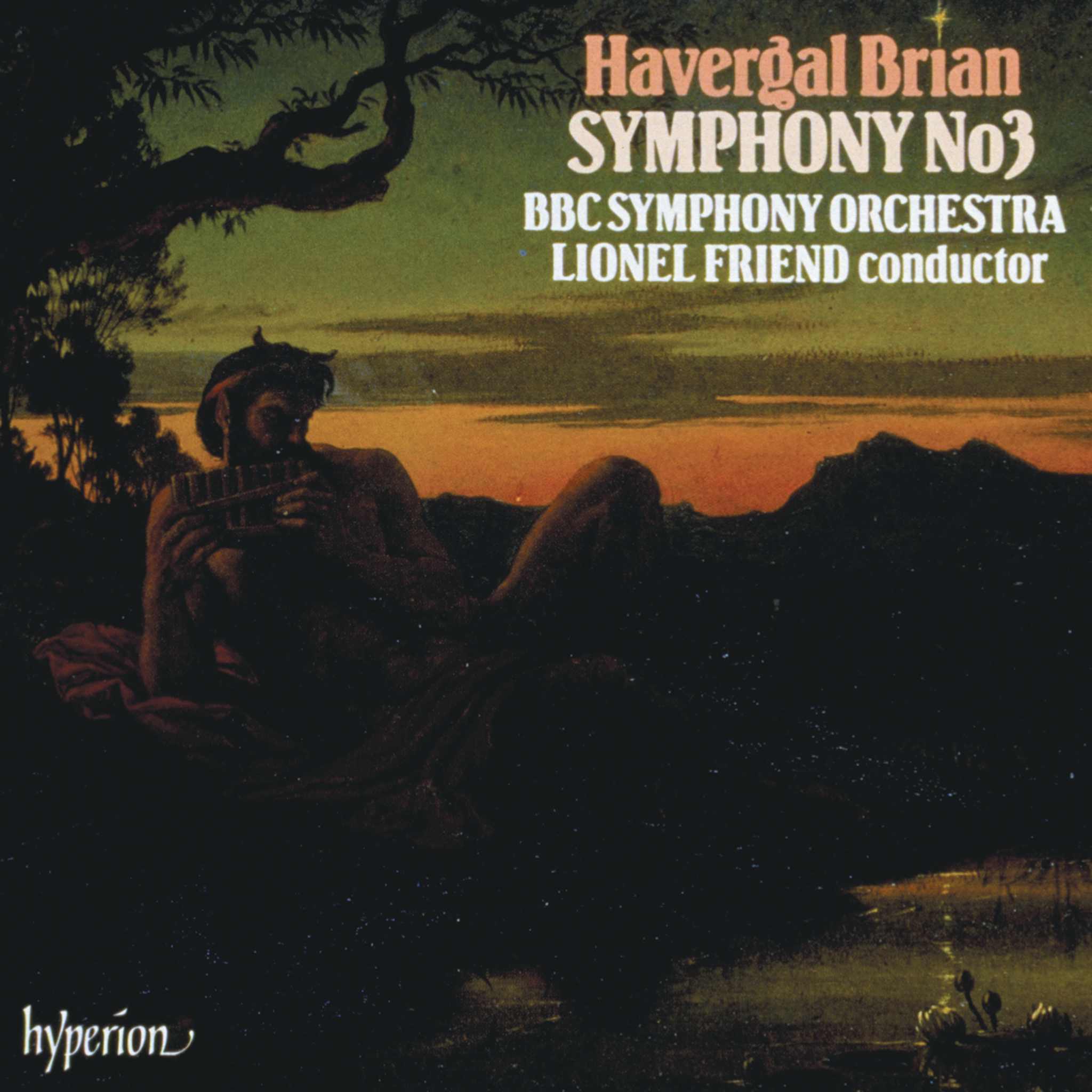Album insights
In an entry dated April 20, 1832, Schumann described future plans, including a Fandango pour le piano that he intended to connect with a planned second set of Papillons. Later, on May 30th, he noted that the idea for the Fandango came to him while playing the piano, making him immensely happy. As he paused, he looked out the window at the beautiful spring sky, feeling the gentle breeze and hearing a nightingale sing passionately. This heavenly idea with deities portrayed even more vividly than the Masquerade Ball swirled around in his mind.
Schumann ultimately decided against publishing his Fandango, incorporating it into his Piano Sonata in F-sharp minor, Op. 11 instead. The piece becomes the Allegro main theme of the opening movement, alongside a "swaying" quintet motif. This quintet idea seems to consciously reference Clara Wieck's Quatre pièces caractéristiques, Op. 5, particularly the piece titled "Le Ballet des revenants." Clara Wieck's composition also features a theme strikingly similar to Schumann's Fandango, likely borrowed from him.
The opening pages of Schumann's Sonata, Op. 11 distinctly exhibit the label of an "Introduzione," characterized by a fully formed melodic character that imparts a sense of remoteness. The introductory theme, which resurfaces in the middle of the subsequent Allegro, serves more as a musical interruption in the development section than an integral part thereof. While the introduction draws from the descending fifths motif that also kick-starts the Allegro, its isolation from the main material is underlined by a striking feature: the gentle melody that unfolds shortly after the beginning provides the theme for the sonata's slow movement.
The Allegro is dominated by the "Fandango" idea, as termed by Schumann. The notable difference is a calm major theme that emerges towards the end of the exposition, assuming the role of a traditional second theme. Despite the descending fifths motif now sinking into accompanying figures, its punctuated rhythm remains intact.
Schumann characterized the slow movement, based on a song he wrote as an eighteen-year-old student, as an "Aria." In Schumann's piano rendition, the beginning of the melody unfolds over a sustained perfect fifth in the bass, subtly marked with "senza passione, ma espressivo." Liszt praised this movement in his review for the Gazette musicale as a "song of great passion expressed with fullness and repose." The descending fifths emphasizing the melody were not present in the original song but were likely added to enhance the unity of the sonata's opening passage further.
Beyond the structure of the third movement lies the concept of a through-composed scherzo with two trios. The first quasi-trio, supported by the "swaying" quintet motif of the first movement in pianissimo leggierissimo introductory bars, intensifies the tempo. The second trio—or "Intermezzo," as Schumann calls it—was crafted with irony in mind, abruptly discarding the bold, daring style of the piece for a seemingly parodic nod to the old-fashioned school. This interlude, at its core, is a comically cumbersome Polonaise, marked by Schumann as Alla burla, ma pomposo. It likely represents a Papillon—a possible excerpt from the lost collection of "XII Burlesques in the Style of Papillons" that Schumann had sent to the publishers Breitkopf and Härtel in 1832.
Before the scherzo can resume, a surprise unfolds in the form of an orchestrally oriented recitative, complete with an oboe-driven "Papillon" that is eventually silenced by the full orchestra in a fit of rage. To add to the confusion, the scherzo resumes in the wrong key before finally appearing in the correct tonality after a few bars—a Schumann-esque maneuver.
The finale unfolds with further orchestral harmonies: deep tremolos in the bass register gradually build in weight, resembling a crescendo over a drumroll; a staccato passage marked "quasi pizzicato" caps off the end. This sonata-rondo, centered on a theme squeezed into three beats per bar in duple meter, was the initial part of a sonata whose composition was still pending. Despite any lack of coherence and drama in the opening movement, the music's élan and intensity guide the listener to a triumphant F-sharp major conclusion.
Schumann experienced deep pain during the creation of Op. 11. He later described it to Clara as "a long cry of my heart for you." Notably, the absence of Schumann's name on the title page, which simply reads "Dedicated to Clara by Florestan and Eusebius," underscores a sense of romantic tenderness. It wasn't until May 1836 that Clara received the recently published score, signaling the staunch resistance of her father towards any serious relationship between them.
In the summer of 1836, Schumann worked on the majority of his Piano Sonata in F Minor, Op. 14. This period marked his darkest time, completely separated from Clara. If traces of her musical ideas had been sporadically left in the opening movement of the Sonata in F-sharp Minor, she now truly became the focal point of the work. Originally planned as a five-movement sonata with two scherzos framing the slow movement, the slow movement not only provided variations on an "Andantino by Clara Wieck," but the descending five-note scale opening the theme also permeated other sections—notably the main theme of the opening movement.
Publisher Tobias Haslinger likely persuaded Schumann to remove the two scherzos, allowing the piece to be titled "Concert sans orchestre." This controversial term, a point of contention not only for Liszt in his review for the Gazette musicale but also criticized by Ignaz Moscheles, didn't gain traction. The three-movement version appeared in October 1836, but Schumann later reissued it in 1853 as a "Grande Sonate," reinstating one scherzo and revising the finale. The revised version, with alterations in structure and rhythm, notably retains certain elements of the original, such as the sustained chord following the hectic sixteenth-note passage at the start of the sonata.
Like the finale, the introductory movement was crafted in a highly personal and often misinterpreted sonata form. The continuous developmental nature of the initial half renders a central development unnecessary. Instead, a brief transition directly leads into a varied recapitulation culminating in a climax, preparing for a coda. The allegro triumphantly descends from the upper to lower ends of the keyboard, hands alternating in a toccata style. The finale, however, peaks with tremolos akin to a cadenza, briefly halting the musical debate.
During the revision of his sonata, Schumann placed the scherzo in the main key of F minor. This choice demonstrates the work's more convincing nature in its tighter four-movement form and addresses the weakness of the trio section in this scherzo. Nevertheless, the syncopated phrases crossing the bar lines in the scherzo make it a superb piece, representing the second movement in the present recording.
Schumann held on to the scherzo, encapsulating the fourth movement of this recording, as an incredibly original piece. Despite being in D-flat major, the music approaches this key in the opening bars from a skewed angle, evoking Clara Wieck's theme that underpins the entire work. The trio section unexpectedly transitions to D major—half a step higher—and carries distant memories of the scherzo's opening. Upon the scherzo's final return, it seems to grow out of the trio material without its opening phrase, emerging from within the trio. The restrained introduction resurfaces loudly in the coda, concluding the piece.
The central variations, or "Quasi Variazioni" as Schumann subtly termed them, likely represent the most perfect and beautiful sonata movement by the composer. However, it took some time before they found their definitive form. Two variations initially removed from Schumann's original score were later unearthed and published in 1983. Schumann's intentions concerning the second of these posthumous variations—a Prestissimo titled "Scherzo"—remain unclear, as it appears between the original variations 3 and 4 without a distinct number. Nikolai Demidenko includes the first of these posthumous variations, returning to Schumann's original sequence in an extended form.
Haslinger hoped that the publication of the Sonata in F Minor as a "Concert sans orchestre" would pique the interest of a curious audience, but the plan failed. Despite Brahms's advocacy, premiering the work in 1862, it eventually became one of Schumann's piano works that faded into obscurity. The central variations, at least partly due to being a favorite encore piece of Vladimir Horowitz, achieved some recognition. While the piece faced challenges, it undeniably represents one of Schumann's most passionate outpourings and deserves a broader audience in every respect.











